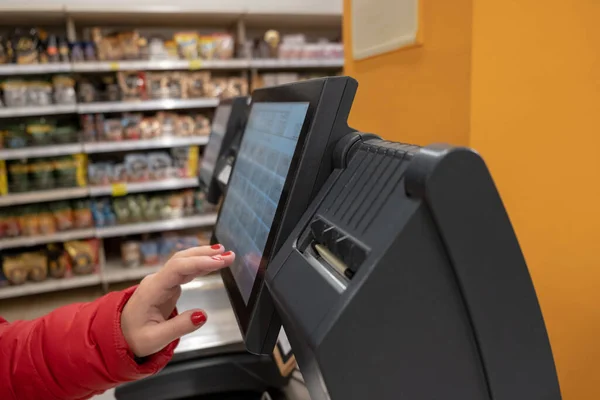Despite customer’s mixed feelings toward self-checkout, automation in the supermarket is here to stay, reports The Wall Street Journal.
During the pandemic, many grocers installed self-checkout capabilities because of staffing issues and fears around close human contact. According to The Food Industry Association, self-checkout is almost twice as prevalent as before the pandemic, and it represented 30 percent of grocery transactions last year.
National chains like Walmart and Kroger have begun testing self-checkout-only stores, and Costco brought back the technology after removing it in 2013.
Due to a sizeable 40 percent turnover rate in 2021, according to FMI, grocers likely have little choice when it comes to deciding whether to implement the device, which requires less staff to operate.
“We don’t see the labor crisis coming to an end anytime soon,” says Mark Baum, who oversees industry relations for FMI. He says that self-checkout machines, which cost anywhere from $14,000 to $40,000 to install, quickly pay for themselves.
The machines have changed little since Kroger released the industry’s first in 1986, reports the The Wall Street Journal, but it requires an upgrade as customers are not happy with the technology. A 2021 survey by Raydiant, a technology company, found that 66 percent of shoppers have experienced a “failure” at a self-checkout lane, resulting from double-scanned products, scanning errors, bag breaks, and more.
H-E-B is testing a checkout device that scans an entire shopping basket at once. Full Story (Subscription Required)
Related: Online Grocery Sales Decline, Use Remains High; NRF: Key Indicators Disagree on Recession

